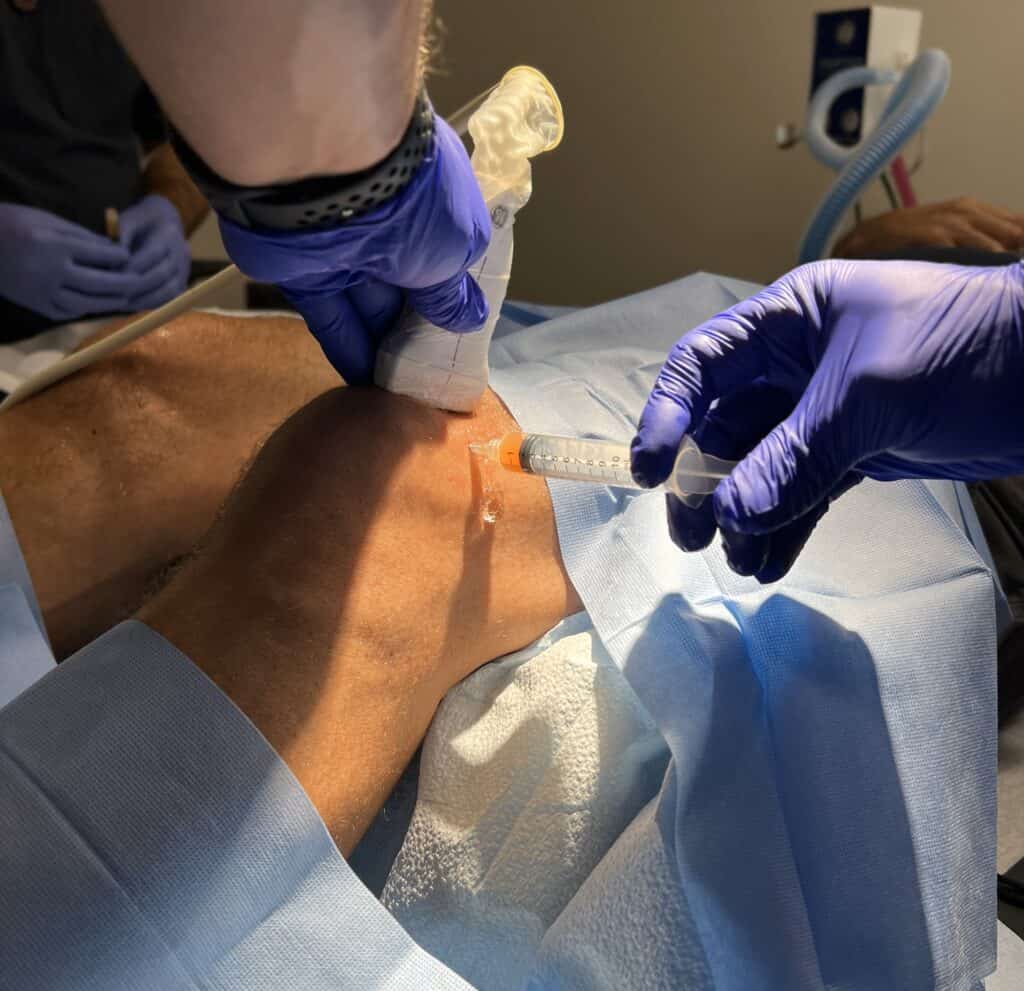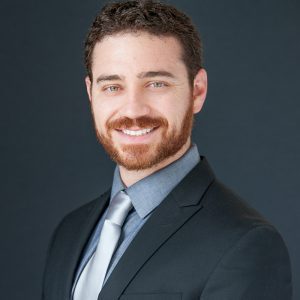What is the ACL?
Alila Medical Media/Shutterstock
The ACL (Anterior Cruciate Ligament) is a strong complex ligament found deep in the middle of the knee. The ACL is one of the primary knee stabilizers as its main function is to limit the movement of the lower bone of the knee, the tibia, relative to the upper bone of the knee, the femur. Most people are probably aware of the potential to injure this ligament especially while engaging in sports that require dynamic movement such as jumping, pivoting and cutting. Most people are also familiar with the concept of treating a torn ACL with surgery, but are far less familiar with using the patient’s own stem cells to heal an injured ACL. In this blog we will explore the surgery as well as injections and discuss a particular case at our clinic.
What is ACL Surgery?
Generally, there are two types of surgical approaches:
- ACL Reconstruction: This is the most common approach. The surgeon removes the damaged ACL and replaces it with a graft, which can be sourced from various locations, including the patient’s own hamstring tendons, patellar tendon, or from a donor (allograft). The graft is then positioned through tunnels drilled into the tibia and femur bone. The surgeon uses screws, sutures, or other fixation devices to secure the graft in place while new tissue grows and integrates.
- ACL Repair: In some cases where the ACL injury is partial and the ligament is still viable, the surgeon may opt for a repair instead of a full reconstruction. This technique involves reattaching the torn ends of the ACL using sutures or specialized anchors.
What are the Downsides to ACL Surgery?
- Surgical Risks: As with any surgical procedure, ACL surgery carries risks such as infection, bleeding, blood clots, and adverse reactions to anesthesia. While these complications are relatively rare, they can occur and may require additional medical intervention.
- Graft Failure: In ACL reconstruction, where a graft is used to replace the torn ligament, there is a risk of graft failure. The graft may not fully integrate or heal properly, leading to instability and the need for additional surgery. Factors that can contribute to graft failure include improper placement, inadequate fixation, poor healing, or reinjury during the recovery period.
- Persistent Instability: Despite surgical intervention, some patients may continue to experience residual knee instability or a feeling of “giving way.” This can be due to factors such as associated injuries, inadequate rehabilitation, muscular imbalances, or individual variations in healing.
- Limited Range of Motion: Following ACL surgery, some patients may experience a temporary or permanent loss of full range of motion in the knee joint. This can be due to scar tissue formation, postoperative swelling, or joint stiffness. Physical therapy and diligent rehabilitation are crucial to minimize these limitations.
- Potential for Osteoarthritis: While ACL surgery aims to restore knee stability, it does increase the risk of developing osteoarthritis (OA) in the future. Studies have shown that individuals who have undergone ACL surgery are at an increased risk of developing OA compared to the general population and even compared with patients who don’t undergo ACL surgery, but have torn their ACL (need citation).
Can the ACL heal through injections of the patient’s own cells like PRP or bone marrow concentrate?
Regenexx has published cases of healed ACL ligaments (many of which were full thickness tears) after precisely injecting bone marrow concentrate using precise X ray guidance (1,2). This is a non-surgical outpatient procedure that uses sophisticated imaging guidance to place cells into the torn parts of the ACL.
We were happy to find that these patients, many of whom were surgical candidates, had post-injection MRIs showing ACL healing and were able to get back to full activity.
A Soccer Player’s ACL Story
Gino is a soccer player in his early 30’s who was sidelined after he hurt his knee during a game. He felt a popping sensation after pivoting and had pain and swelling almost immediately. An MRI shortly thereafter confirmed his fears that he had a full thickness ACL tear.
After doing some research Gino found our clinic and was interested if he was a candidate in a procedure to try and help his ACL. His tear was just on the border in terms of candidacy. We discussed his options and performed a one time injection of Gino’s own bone marrow concentrate precisely guided into his ACL and had Gino wear a brace. He started physical therapy a week later focused on strengthening and balance for 6-12 weeks followed by dynamic movement that gradually increased the load on the knee each week.
At 6 months post procedure Gino had no knee pain and was back to being able to jog and workout without pain. We then ordered a follow up MRI. Pictured below is Gino’s initial MRI showing the full thickness tear on the left and then the substantial healing of the ACL on the right.
After the MRI we advised Gino that he could get back to sport specific movements. Over the next 3 months he was able to return to playing soccer at the level he was before the injury without an issue. Gino was absolutely thrilled that he was able to get back to soccer and to avoid ACL surgery.
Gino’s case is by no means unique as he is one of many patients that have been able to heal their ACL’s with these procedures.
(1) Centeno CJ, Pitts J, Al-Sayegh H, Freeman MD. Anterior cruciate ligament tears treated with percutaneous injection of autologous bone marrow nucleated cells: a case series. J Pain Res. 2015;8:437-447. Published 2015 Jul 31. doi:10.2147/JPR.S86244
(2) Centeno C, Markle J, Dodson E, et al. Symptomatic anterior cruciate ligament tears treated with percutaneous injection of autologous bone marrow concentrate and platelet products: a non-controlled registry study. J Transl Med. 2018;16(1):246. Published 2018 Sep 3. doi:10.1186/s12967-018-1623-3










